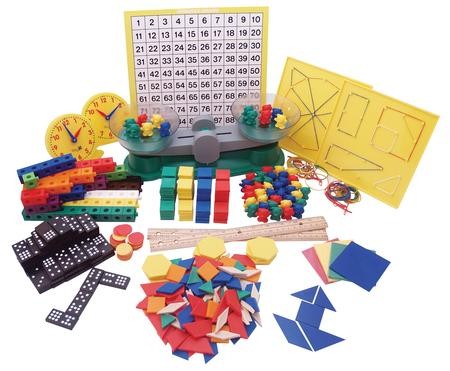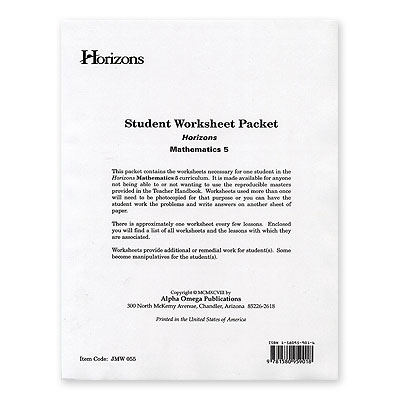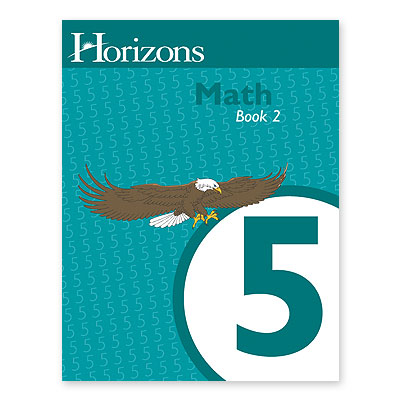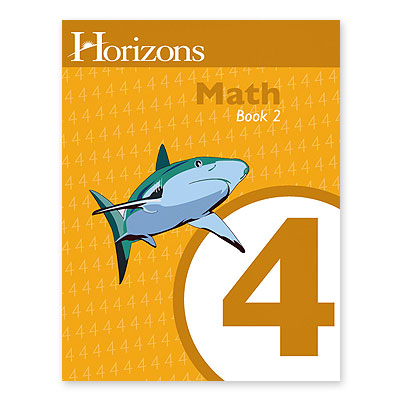Description
The Saxon Mathematics K-3 Home Study Manipulative Kit serves as your complete collection of hands-on learning tools specifically designed to complement the Saxon Mathematics early elementary curriculum. This carefully curated set provides everything needed to make abstract mathematical concepts concrete and accessible for young learners.
The kit includes thirteen different types of manipulatives: 48 baby bear counters for sorting and counting activities, 100 colorful tiles for pattern work and basic operations, a complete double-nine domino set, two geoboards with rubber bands for geometry exploration, one hundred number board for number recognition and sequencing, 100 linking cubes for building and measuring, 100 pattern blocks for geometric reasoning, one primary balance for weight and comparison activities, two rulers for measurement practice, two student clocks for time concepts, one set of four tangrams for spatial reasoning, and 25 two-color counting discs for probability and basic math facts.
Each component has been selected to support the developmental progression found in Saxon’s K-3 program, ensuring that parents have the right tools at the right time for their child’s mathematical journey. The manipulatives are designed to withstand regular use and can serve multiple children throughout their early elementary years.
How Homeschoolers Can Use This Product
Learning Benefits for Different Styles
Kinesthetic learners especially benefit from these concrete materials, as they can physically move and manipulate objects while working through mathematical concepts. Visual learners gain from seeing number relationships represented in multiple ways, while auditory learners can verbalize their thinking as they work with the materials. The variety of manipulatives ensures that abstract concepts like addition, subtraction, place value, and geometry become accessible through multiple sensory pathways.
Specific Activities and Applications
The baby bear counters work beautifully for sorting by color, size, or position, and can represent story problems in engaging ways. Color tiles help children understand area, create patterns, and visualize addition and subtraction on ten frames. The linking cubes serve double duty for measurement activities and three-dimensional building projects that reinforce geometric concepts.
Pattern blocks offer rich opportunities for exploring symmetry, fractions, and geometric relationships, while the geoboards help children understand perimeter, area, and coordinate graphing at an introductory level. The hundred number board supports skip counting, number patterns, and place value understanding in ways that worksheets alone cannot achieve.
Cross-Curricular Extensions
These manipulatives extend well beyond mathematics into other subject areas. Use the baby bears for science classification activities or literature-based counting stories. The pattern blocks work wonderfully for art projects exploring symmetry and design. Linking cubes can model molecular structures in elementary science or represent data in social studies graphing activities.
The tangrams connect to geography lessons about shapes and spatial relationships, while the balance introduces basic physics concepts about weight and equilibrium. Even the dominoes can support phonics activities by having children match dots to letter sounds or syllable counts.
Practical Implementation Tips
Store manipulatives in clear containers or divided organizers so children can easily access and return materials independently. Consider creating activity cards that show different ways to use each manipulative, building your family’s collection of extension activities over time. With multiple children, assign each child their own set of small manipulatives like counting bears, while sharing larger items like geoboards and the balance.
Rotate which manipulatives are easily accessible to maintain novelty and focus. Some families find success in introducing one new manipulative type each week, allowing children to fully explore its possibilities before adding complexity.
Long-Term Value and Flexibility
This kit represents a significant investment in your child’s mathematical foundation that pays dividends across multiple years and children. The manipulatives remain relevant as children advance, with early counters becoming tools for more complex multiplication and division work, and pattern blocks supporting fraction concepts in later elementary years.
Parents who choose Saxon Mathematics appreciate having all necessary materials in one comprehensive kit rather than searching for individual components. The consistency of having the same tools that align with Saxon’s lesson plans reduces preparation time and ensures that learning activities match the curriculum’s scope and sequence.





The Homeschool Shopper –
The Saxon Mathematics K-3 Home Study Manipulative Kit serves as the essential hands-on foundation for the Saxon Math curriculum spanning kindergarten through third grade. This comprehensive collection of 450+ mathematical manipulatives transforms abstract concepts into tangible learning experiences that young minds can grasp, manipulate, and master.
What We Liked
Curriculum Integration Excellence: This kit seamlessly integrates with Saxon Math’s structured approach, providing exactly the right tools at exactly the right moments. Parents report that lessons flow naturally when the proper manipulatives are readily available, eliminating the frustration of improvising with household items.
Outstanding Durability: The materials demonstrate impressive longevity through years of enthusiastic use. Parents consistently mention that pieces remain intact and functional across multiple children, making this a genuine long-term investment rather than a disposable teaching aid.
Natural Learning Engagement: Children gravitate toward these manipulatives naturally, treating them as educational toys during free time. Parents frequently observe kids independently exploring mathematical concepts through play, extending learning beyond formal lesson times.
Comprehensive Four-Year Value: One kit serves the entire K-3 journey, with different pieces becoming relevant as mathematical concepts advance. This eliminates the need for separate purchases each year and ensures consistency across grade levels.
Kinesthetic Learning Support: For children who learn best through touch and movement, these manipulatives provide the concrete foundation necessary before transitioning to abstract mathematical thinking. The progression from physical objects to mental math becomes much more natural.
Professional Organization: The included storage system keeps hundreds of pieces organized and accessible, preventing the chaos that often accompanies hands-on learning materials.
Areas for Improvement
Significant Financial Investment: The upfront cost represents a substantial expense for many homeschooling families. While the four-year utility justifies the expense, the initial financial barrier can be challenging for budget-conscious families.
Safety Considerations: The kit contains numerous small components that pose choking hazards for younger children. Families with toddlers must implement careful storage and supervision protocols to ensure safety.
Essentially Mandatory Purchase: Despite being marketed as supplemental, this kit proves practically essential for Saxon Math success. Parents who attempt to substitute with other materials consistently report frustration and eventual purchase of the official kit.
Quality Control Inconsistencies: Some parents report minor issues such as improperly assembled clock hands or slight discrepancies in piece counts. While these don’t significantly impact functionality, they reflect less-than-perfect manufacturing standards.
Storage Variations: Different kit versions include varying storage solutions, with some lacking adequate organization systems entirely. This inconsistency can lead to frustration for families expecting comprehensive storage.
Limited Curriculum Flexibility: The pieces align specifically with Saxon Math methodology, potentially limiting usefulness for families who switch to alternative math programs.
Bottom Line
The Saxon Mathematics K-3 Home Study Manipulative Kit represents an excellent investment for families committed to the Saxon Math approach. While the upfront cost demands careful budgeting, the four-year utility and educational effectiveness justify the expense for most homeschooling families. The kit transforms Saxon Math from a potentially abstract curriculum into an engaging, hands-on experience that builds genuine mathematical understanding.
This kit works best for families who appreciate structured, incremental learning and have children who benefit from tactile educational experiences. The manipulatives bridge the crucial gap between concrete understanding and abstract mathematical thinking that characterizes effective elementary math education.
Recommended for: Saxon Math families, parents prioritizing hands-on learning, families with kinesthetic learners, homeschoolers seeking long-term curriculum investments
Consider alternatives if: Budget constraints are significant, you prefer low-prep teaching approaches, your children are uncomfortable with structured manipulative activities, or you frequently switch between different math curricula